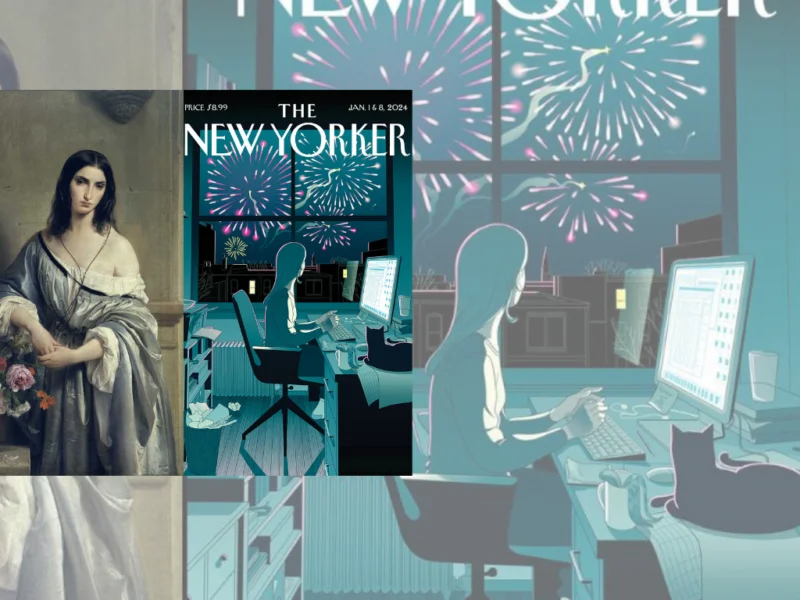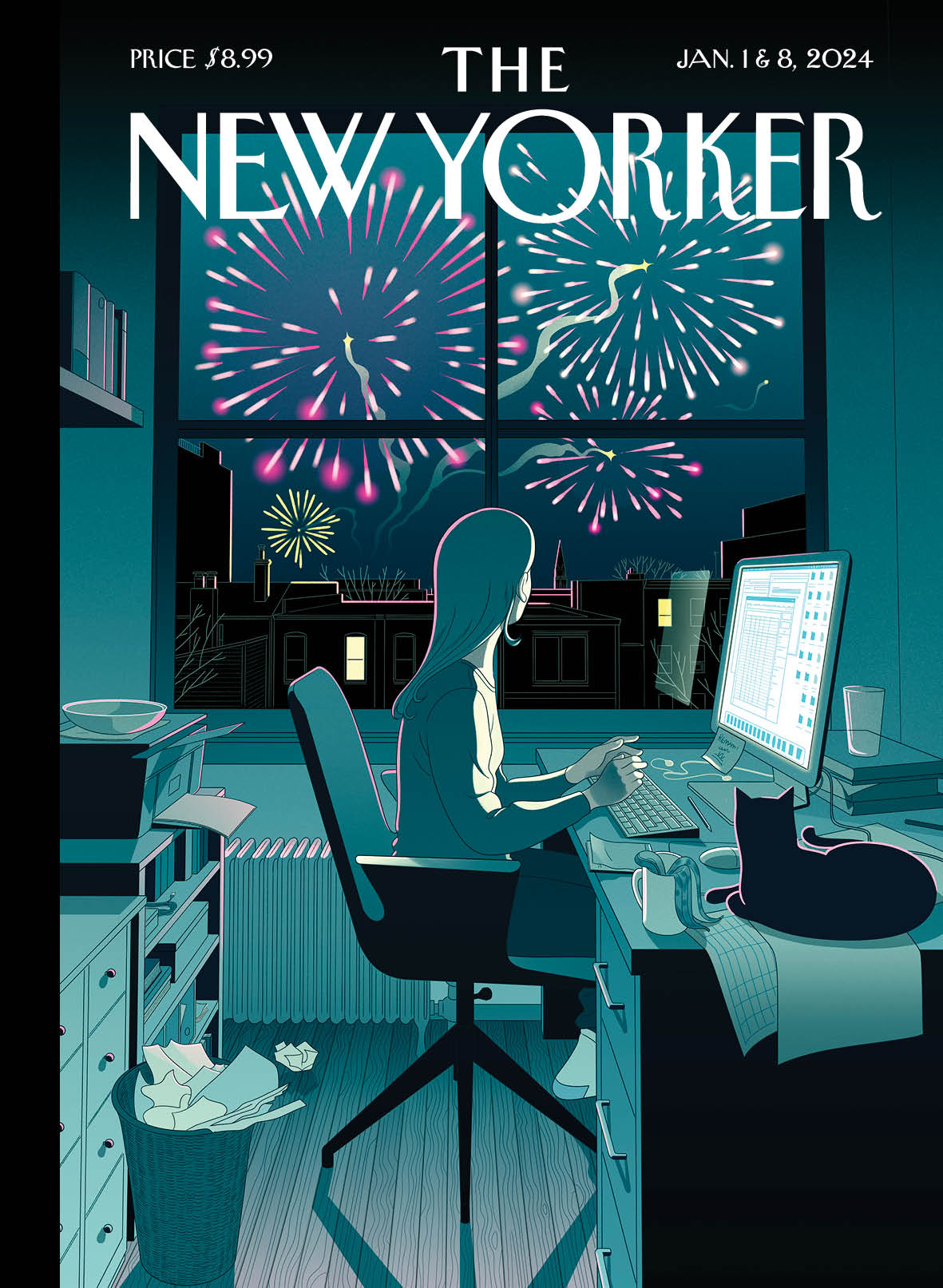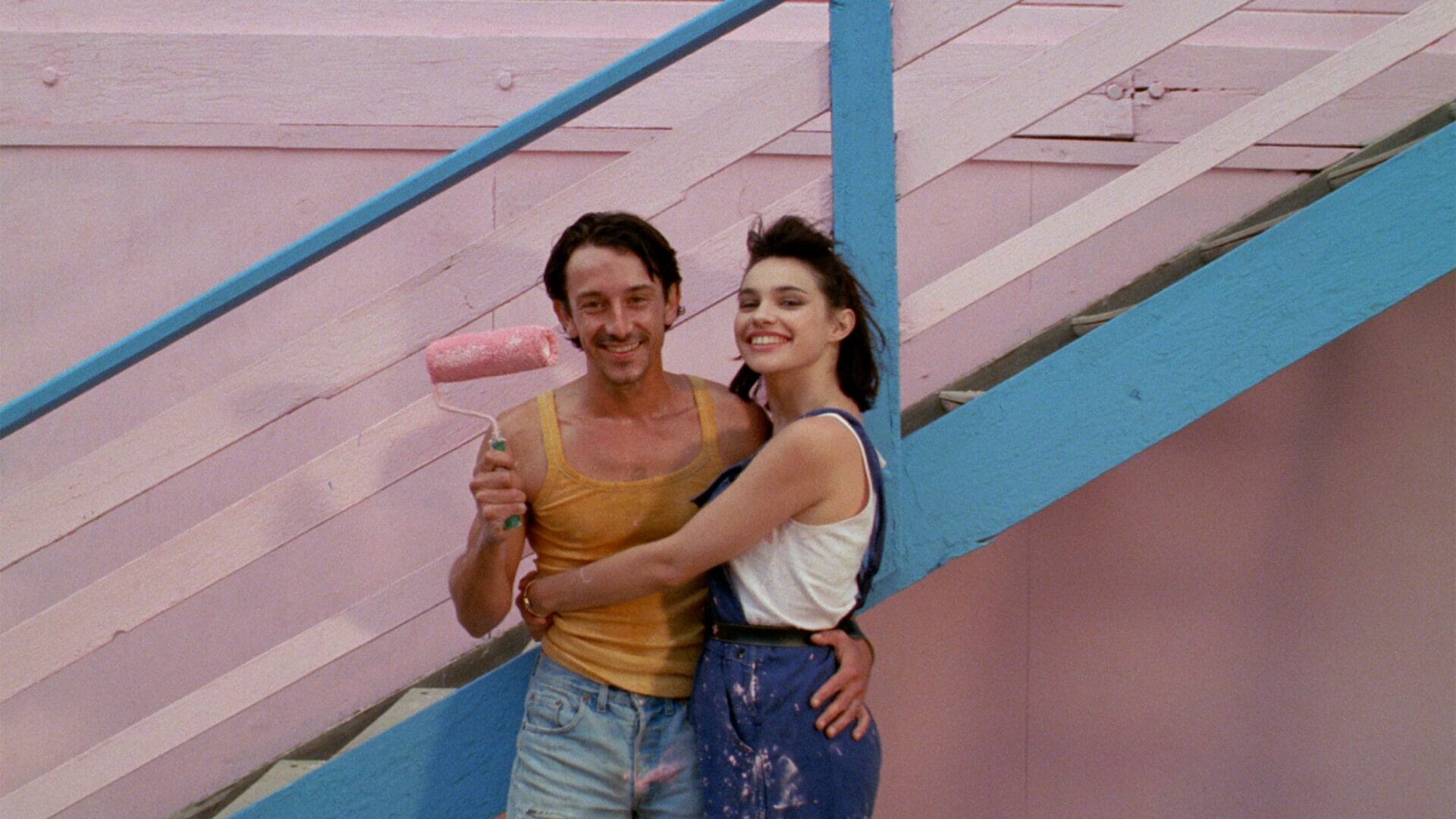
If Blue Monday was an artwork | From Hayez to Pixar's Inside Out
If Blue Monday was an artwork | From Hayez to Pixar's Inside Out
From Hippocrates’ Theory of Humors to the era of Blue Monday: over the centuries, blue has become the color of melancholy. Symbolizing stillness and tranquility, through the arts, blue tells stories of sadness, loneliness, and discouragement. What if Blue Monday were a shade of blue and not just a melancholy Monday in January?
Francesco Hayez, the melancholic painter
Francesco Hayez, a master of Italian pictorial Romanticism, captures the essence of feelings in one of his best-known works, Melancholy (1840). He draws inspiration from the main characteristics of European and Italian art from previous centuries: from the flowers reminiscent of Flemish still-life to the clothing that reminds one of the sixteenth-century works of Titian.
The protagonist could even be a personification of the sentiment itself. She is a young woman from the Middle Ages, a common setting in the painter’s works. Her gaze is direct and penetrating, while the pale blue dress slipping from her shoulder reflects her suffering and state of personal disarray. Hayez deliberately chose a dull color to contrast with the vividness of the flowers, which he personally picked.
The figure, which resembles the Sibyls of 17th-century Emilian painting, is emotionally impressive despite being static. Her still, absorbed pose tells the viewer what she is feeling. There is a strong sense of allegory and contrast in the picture which the painter has inserted. At the same time the flowers represent hope and the transience of things human, reflected in the colors that remain vivid even in the withering flowers.
Francesco Hayez, Malinconia

Photo courtesy of Pinacoteca di Brera, Milan
Romanticism, when history speaks through art
Romanticism developed as an ideology of feelings, brought to life through books and paintings. The artist wants to gather and portray the feelings stirred and aroused by the events around him.
The prevailing mood in Hayez’s work is melancholy. What generates it is the turmoil caused by the political changes that characterized Europe in the 18th and 19th centuries. The Napoleonic wars, the decline of the Spanish Empire, and Napoleon‘s betrayal of Italy, which achieved national unity in 1861, all contributed to this climate.
In another well-known work by Hayez, The Kiss (1859), the passion itself intertwines with love for the homeland. In this painting, Hayez once again places great importance on colors. Here, too, the pale blue anticipates the state of mind that the woman will experience due to the estrangement from her beloved because of the war. The blue also recalls the French flag, while the man’s red socks and green cloak echo the Italian flag.
The Kiss by Francesco Hayez

Photo courtesy Pinacoteca di Brera, Milan
Anatomy of Feelings: the Theory of Humors
Among the first scholars to identify the feeling of melancholy was the physician Hippocrates, the father of scientific medicine, who lived in Ancient Greece between the 5th and 4th centuries BCE. Hippocrates developed the theory of humors whereby every human being has four different moods that are reflected in the different substances in the human body. This theory is linked to the more arcane concepts of the four elements: fire, water, air, and earth.
Fire is the element of anger, which resides in the yellow bile, hence in the liver. Water is the element of phlegm, which resides in the brain and gives rise to the phlegmatic temperament. Air represents the blood residing in the heart, which gives rise to the sanguine temperament, hence passionate, cheerful, and playful.
Earth is the element of black bile, produced by the spleen, and the root of the melancholic temperament, hence pale, dull, and sad. The feeling of melancholy derives from the Greek melàinē cholḕ, which means precisely black bile.
According to the Pythagorean theory of the tetraktys or tetrathys, the basis of the perfect balance of the macrocosm, hence of nature, and consequently of the microcosm, thus of man, is the number four. Therefore, every individual should achieve a balance between the four humors, called eucrasia, in order to live well. The prevalence of one or more humors over the others, on the other hand, provides the condition of dichrasia, thus characterizing the person by the temperament that most distinguishes him or her.
Blue, which soothes and saddens
In ancient medicine, therefore, melancholia corresponds to the color black. Why then, in the modern era, are blue and its shades used to render this sense of sadness? The color blue represents the sky and expanses of water, elements that give a sense of tranquillity and immensity.
They are also subjects often appearing in romantic art because they evoke a sense of majesty and sense of place in the scheme of things in humans. This is evident in many paintings by Caspar David Friedrich, a romantic landscape painter par excellence. Water, above all, has a double valence, as it refers to tears, and thus to sadness.
An artistic period in which blue plays the leading role is Picasso‘s Blue Period. It was a few years (1901 – 1904) in which the painter produced very sad and distressing monochrome works. After learning of the suicide of a close friend, Carlos Casagemas, the painter began to produce blue works that no one wanted to buy. The most frequent subjects are people at the edge of things, the vulnerable, and those in painful situations. The background and the subject always stand out in the different shades of blue.
Feeling blue: the psychology of colours
By the 14th century, the color blue was associated with a state of sickness, as it was the tone taken by people suffering from cold and anaemia. The anemic is the antonomasia of the phlegmatic and melancholic, as opposed to the sanguine temperament.
In the 17th century, the expression ‘to have blue devils‘ spread in England and in America to indicate the hallucinatory sense of malaise resulting from alcohol withdrawal. Blue Laws were enacted, banning the sale of alcohol on Sundays. In the 20th century, the blues were born in the United States, a musical genre that recounted the pain of African American slaves. Their songs told of their dramatic working conditions, as well as the often grinding difficulty of daily modern life.
The expression ‘feeling blue’ was therefore coined in America to indicate the mood of melancholy, a feeling that can throw people into a state of statis and helplessness.
In music, this is celebrated by songs that have made history, from Bob Dylan‘s Tangled Up in Blue to The Rolling Stones‘ I’ve Got the Blues. It is also depicted in cinema, as in films such as Luc Besson’s The Big Blue (1988).
The association of blue with sadness has echoes in the Pixar animated film, Inside Out (2015). It is a coming-of-age story where the main character, a little girl, learns to live with her emotions. There is Joy, Anger, Fear, Disgust, and finally, Sadness, which appears all blue and is probably the most important emotion that the little girl learns to master.
In the sequel due out in 2024, a new emotion is coming to life, along with the protagonist’s adolescence, Anxiety. A constant, particularly of the new generation, that, along with melancholy, can become an obstacle to any action.
The monetization of sadness: Blue Monday
In 2005, Cliff Arnall, an English freelance psychologist, came up with the idea of the date for Blue Monday, supposedly the saddest day of the year. This Monday, between January 8 and 21, coincides for many with the resumption of work routine after the holiday season and can be accompanied by attendant anxiety. Even though it lacked a basis in science, Blue Monday gradually spread as a marketing tool and in the case of tourism, something to boost summer bookings.
Meanwhile, blue continues to be the color associated with melancholy in the arts. Further evidence is the last cover in 2023 of the well-known American weekly The New Yorker: in The Deadline, illustrated by the Italian artist Bianca Bagnarelli, a woman works alone at the computer at home while outside, the arrival of the new year is celebrated. Only her cat is with her. The image is dominated by blue and gray shades.
Visualizza questo post su Instagram
I often work during the holidays. At first, I think I’m taking advantage of small pockets of time in which the world stops. But then I realize I’m missing out on all the fun, and it can be bittersweet.
Bianca Bagnarelli
This is a perfect definition of melancholy, which the illustrator has translated onto paper with the same approach probably used by Hayez about two centuries earlier. And like the flowers for Hayez, here the fireworks symbolize the beauty of life, ephemeral and therefore precious.
















